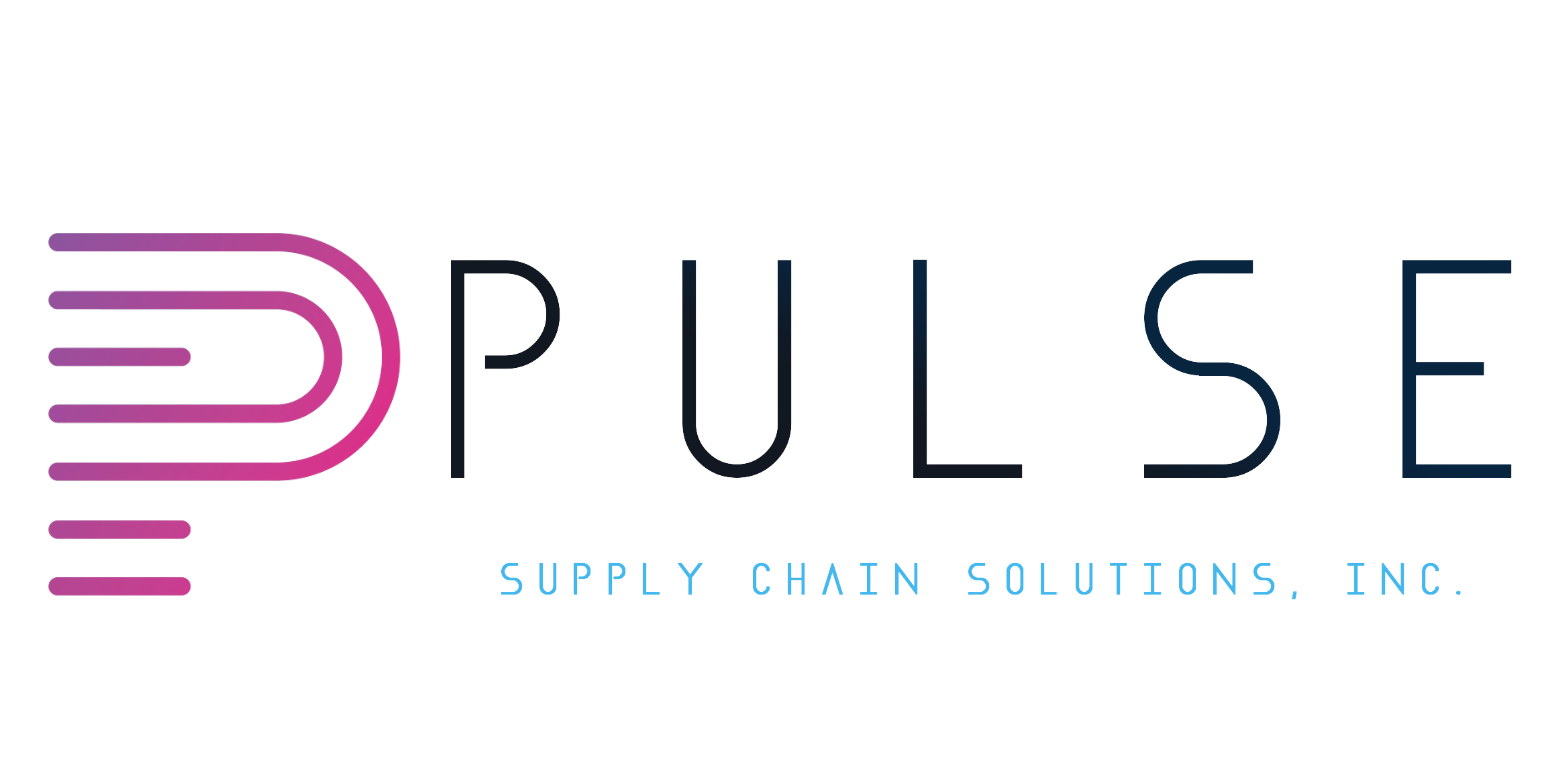
Why is insuring your IT assets becoming so much like protecting a delicate ecosystem in the wild? Just as you’d need extra layers of care, monitoring, and protection to shield a fragile forest from potential threats, IT asset sectors and recycling facilities are seeing their insurance premiums grow exponentially as they confront new and escalating risks.
The IT asset disposition (ITAD) industry and recycling facilities, responsible for decommissioning, reselling, and recycling our electronic waste, are vital pillars of the circular economy. Yet, with this increasing importance comes an equally increasing burden: the rising cost of insurance. Over the past five years, many companies in this space have seen their premiums climb by as much as 30-40% annually, with some even being dropped by insurers altogether. Why is this happening?
One of the core reasons is the evolving nature of risk. In the past, ITAD companies and recycling facilities primarily worried about physical risks—fires, machinery breakdowns, or accidental spills. But in today’s digital world, the complexity of these risks has deepened. For example, with the rapid growth in data privacy regulations such as GDPR in Europe and CCPA in California, ITAD businesses handling sensitive data are under extreme scrutiny. A single breach can not only lead to hefty fines but also cripple a company’s reputation, leading insurers to view this sector as a higher-risk environment.
Data breaches are now one of the primary factors driving up insurance premiums for ITAD companies. A study by IBM in 2023 found that the average cost of a data breach in the U.S. has risen to $9.44 million. Now, imagine that risk multiplied by hundreds or even thousands of devices handled by ITAD companies every year, all of which carry sensitive corporate or personal data. Insurers are grappling with how to price this unprecedented level of exposure, leading to higher premiums or restricted coverage options.
Natural disasters are also playing a significant role. Facilities in flood-prone or wildfire-prone areas, which recycle or dismantle electronics, face greater physical threats than ever before. For example, in 2020, a recycling facility in California was engulfed by wildfires, leading to damages exceeding $50 million. Insurance companies, already weary of such catastrophes, are pulling back or significantly increasing premiums for operations located in vulnerable areas.
As the world increasingly moves towards a sustainable future, there’s a contradiction. While we are pushing for greater environmental responsibility—repairing, reusing, and recycling electronics to reduce e-waste—the infrastructure supporting this vision is becoming costlier to insure. Recycling facilities dealing with electronics, chemicals, and other hazardous materials are particularly affected. According to a report by Deloitte, insurance premiums for industrial recycling facilities rose by 20% in 2022, largely due to the perceived increase in environmental risks, liability exposures, and the complexity of waste management regulations.
But here’s where the metaphor of the delicate ecosystem comes into play. Just as an ecosystem thrives when balance is maintained between its various components—rainfall, temperature, species interaction—the ITAD and recycling sectors need a similar balance between risk management and operational efficiency. It’s not enough to simply invest in insurance as a protective measure. These companies need to take a proactive approach by bolstering their internal risk management strategies. For instance, many are adopting advanced AI and machine learning tools to monitor risks in real time, allowing for faster responses to potential threats.
Additionally, much like how an ecosystem’s health depends on external factors such as climate, the ITAD and recycling industries’ insurance costs are influenced by external pressures beyond their control. Global supply chain disruptions, fluctuating commodity prices for recycled materials, and cyber threats are all externalities pushing insurers to rethink their risk models. A report from McKinsey showed that cyber insurance claims have doubled since 2019, a trend impacting not only tech companies but any business connected to the digital world, including recycling firms that increasingly rely on automated systems for their operations.
ITAD companies and recyclers can take proactive steps to mitigate rising insurance costs by focusing on risk management and demonstrating responsibility to insurers. Strengthening data security is essential, given the heightened risks of data breaches. Implementing advanced encryption, ensuring compliance with standards like R2, and regularly auditing data-handling processes can reassure insurers. Investing in disaster management systems, such as fire suppression technology and thermal monitoring, helps address the physical risks that often lead to higher premiums.
Also, improving cybersecurity to prevent potential attacks and safeguarding sensitive information through robust firewalls and intrusion detection can significantly reduce risk. Employee training is another critical area, as ensuring that workers are properly trained in safety protocols can minimize workplace accidents and environmental mishaps.
For recyclers, diversifying operations beyond electronics to include less hazardous waste streams like metals or plastics can help lower the overall risk profile, making the company more attractive to insurers. Finally, working directly with insurers to tailor coverage to specific risks, rather than opting for blanket policies, can help control costs. By adopting these measures, ITAD and recycling companies can lower their exposure to risk and potentially bring down their insurance premiums while ensuring they remain resilient in a rapidly evolving industry.
Ultimately, just like protecting a forest from a wildfire, addressing the rising insurance costs in the IT asset and recycling sector requires vigilance, preparation, and forward-thinking strategies. It’s not just about putting out fires once they start; it’s about cultivating a resilient infrastructure that anticipates risks and adapts to change. Only then can we ensure that these industries, essential to both the economy and the environment, continue to flourish without being overwhelmed by unsustainable insurance costs.


